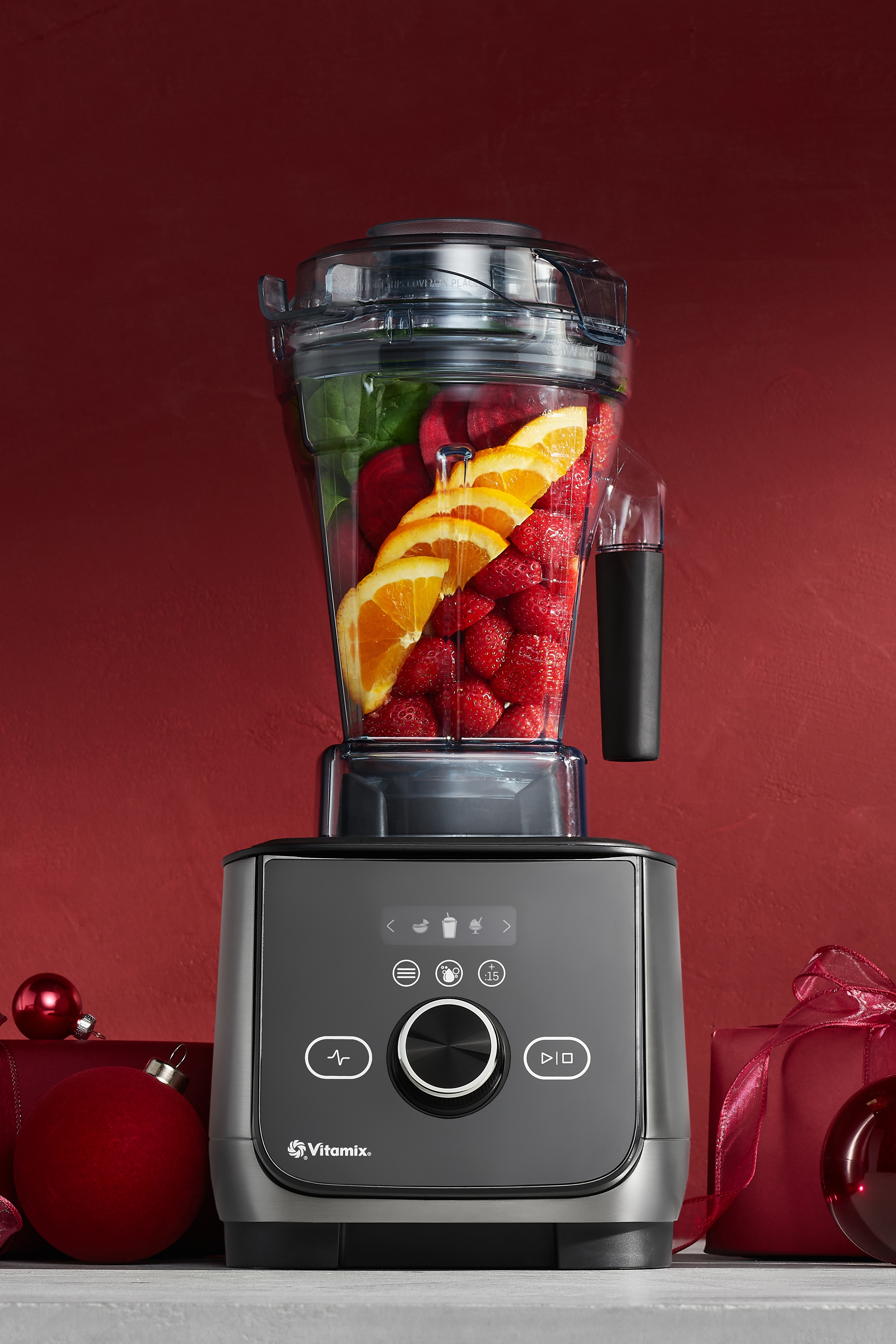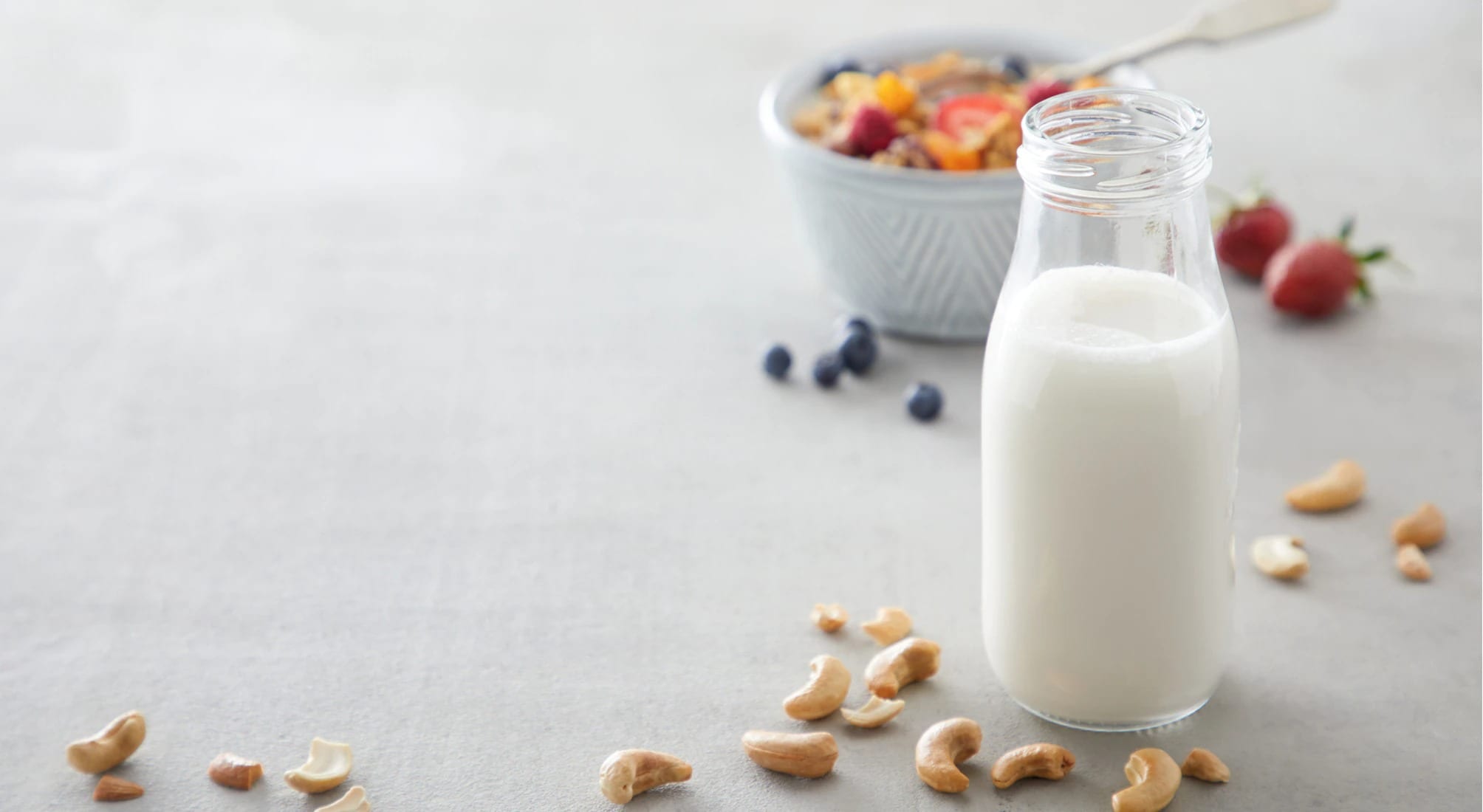There are so many alternative milks out there and each day the list gets longer. But are they all nutritionally equivalent? Is one better than another? The answer is not so straightforward. We need to look at each milk case by case and also keep in mind—what is the goal of the milk? Supporting animal rights? Sustainability? General health? An allergy?
Here is a (non-exhaustive) list breaking down the nutrient profile of some popular milk alternatives. But first, a few notes:
- This list does not include sweetened versions of milk (yes, buyer beware: original does NOT always mean unsweetened). And of course, the chocolate versions of all of these have added sugar. So, let’s just throw a blanket statement out there that the chocolate and sweetened options are all higher in calories and added sugar and offer no more nutrients than their unsweetened alternative.
- Enriching – Manufacturers have started to supplement their lower protein milks with protein. Others may add extra omega-3 fat, calcium, or Vitamin D to be more like cow’s milk. It just depends on the brand.
- And finally, yes, there are a whole host of other nutrients to compare, but this is a simplified version. And all nutrients are per cup of “milk.”
1% Cow’s Milk (cal: 110, protein: 8g, fat: 2.5g, carbohydrates: 13g)
We will start here as this will be our basis for comparison. Cow’s milk is a great source of calcium and vitamin D. It’s also highest in calories, mainly because it is more nutrient dense than many of its non-dairy counterparts, having more protein, fat, and carbohydrates. This combination helps people feel full longer. Natural sugars make up the carbs here, so nothing to be afraid of. And finally, let’s talk about milk fat for a moment. There is a balance of saturated and unsaturated fat in 1% milk, though significantly less than whole milk. While we want to minimize saturated fat, the 1 gram found in 1% milk is not a lot, and there is research to support that consumption of saturated fat in cow’s milk, in moderation, is just fine for most people. Further, the type of unsaturated fat found here is called omega-3 fat, specifically docosahexaenoic acid (DHA) and eicosapentaenoic acid (EPA); you may have seen these abbreviations on your milk containers. These are important fats that support a whole host of health benefits and are crucial in the first couple years of life. DHA and EPA support brain and eye development in babies and children. The research also tells us that animal sources of DHA and EPA are more readily absorbed in the body than plant-based sources of omega-3. So, if you decide to go with a plant-based milk (and especially if you have young children), you need to keep that in mind and either eat more plant or animal-based omega-3’s (chia, flax, walnuts, soy, fatty fish), or take an omega-3 supplement.
From a sustainability perspective, cow’s milk probably carries the heaviest burden on the environment.
Soy Milk (cal: 80, protein: 7g, fat: 4g, carbohydrates: 4g)
Nutritionally, soy milk (and pea milk, details below) is the most comparable to cow’s milk. While lower in calories and carbohydrates, soy has the same amount of protein and a little more total fat, though most of soy’s fat is coming from those healthy omega-3 fats we just talked about. It also has 2g of fiber, while milk has none. This milk will also help you feel full thanks to the protein, fat, and fiber combo.
Soy also carries a number of unique health benefits helping to prevent cardiovascular disease, stroke, coronary heart disease, some cancers (even breast and prostate) as well as supporting bone health. This milk is a great choice for those with a milk allergy.
Pea Milk (cal: 80, protein: 8g, fat: 4.5g, carbohydrates: 0g)
Pea milk is made from, you guessed it, peas! It’s another great milk alternative, like soy, because of its comparable protein and fat content. It also has significantly more calcium and Vitamin D than cow’s milk. Pea milk is great for those with a milk or soy allergy. And for those wondering what pea milk tastes like? It’s a bit earthy with a creamy milk-like texture.
Oat Milk (cal: 45, protein: 1g, fat: 0.5g, carbohydrates: 8g)
From here on down the list, the milks start to become less nutrient dense, until you get to some of the homemade options. Oat milk has virtually no protein or fat, though it is enriched with calcium and Vitamin D (similar to cow’s milk). This is a good choice if you are looking for something low calorie but still wanting that “milk experience.”
Coconut Milk (cal: 45, protein: 0g, fat: 4.5g, carbohydrates: 1g)
Just to be clear, we are not talking about the coconut milk from a can, rather its diluted cousin. This is another low-calorie option, though most of the calories come from saturated fat which we want to keep to a minimum. It also doesn’t boast a lot of calcium or vitamin D, and usually tastes like water – with the tiniest hint of coconut. One pro of this beverage is that it is a safe alternative for those with a milk or nut allergy. Contrary to its name, most people with a tree nut allergy can safely consume coconut milk.
Rice Milk (cal: 70, protein: 0g, fat: 2.5g, carbohydrates: 11g)
Rice milk has no protein, but a good amount of carbohydrates, making it naturally sweeter than its counterparts. It is often enriched with calcium and Vitamin D, to levels close to cow’s milk. Rice milk is an alternative for those with multiple food allergies. One important note: eating too much of any rice product, including rice milk, may pose a health risk especially to infants, children, and pregnant women due to the amount of arsenic found in it.
Hemp Milk (cal: 60, protein: 3g, fat: 4.5g, carbohydrates: 0g)
This milk is higher in fat (the healthy omega-3’s), but low in all other nutrients. Hemp naturally contains calcium, so it doesn’t require the fortification that other milk substitutes might, though it doesn’t have as much as cow’s milk (flax: 257mg versus cow: 310mg). It is also allergen friendly and has a light nutty flavor.
Flax Milk (cal: 25, protein: 0g, fat: 2.5g, carbohydrates: 0g)
Another allergen-friendly option, flax milk is one of the lowest in calories, because it has no protein or carbohydrates. All of its calories come from omega-3 fats. It also has calcium and Vitamin D, though less than milk. Think of flax milk more as your “shot of omega-3’s” for the day, because that’s all it really is.
Nut Milks (cal: 25-40, protein: 1g, fat: 2-4.5g, carbohydrates: 0g)
We’ve grouped the nut milks together which include almond, macadamia, cashew, and hazelnut because they have similar nutrition profiles: low in calories (25-40), a modest amount of omega-3 fat, and little protein. You heard that right, while nuts themselves are a great source of healthy fat and protein, conventional processing to turn them into milk strips much of that away. Some manufacturers add protein back or enrich their milk with vitamins and minerals.
Homemade Nut Milks (cal: 180-250, protein: 3-8g, fat: 13-27g, carbohydrates: 5-9g)
Homemade nut milks can be made several ways: using a mesh bag to filter water through the nuts or, more preferably, blending nuts and water together. This second approach is definitely preferred as it retains 100% of the nut’s nutrition. With that comes some seriously nutrient-dense milk, significantly higher in calories, protein, fat, carbohydrates, vitamins, and minerals.
Overall Cost Comparison
Cow’s milk is almost always significantly less expensive than the alternatives, ounce for ounce. Store-bought and homemade almond milk are the most affordable alternatives. Then homemade cashew or store-bought soy milk follow behind. All the others are pretty expensive, costing up to .38 cents per ounce compared to cow’s milk at about .02 cents per ounce.
Additives
Finally, you may want to consider the thickening agents and other additives that give these milk alternatives their creamy, “milky” mouthfeel or texture. If you are concerned, just check the food labels or opt for the homemade versions as there is nothing added to those!
Related Articles

How to Make Homemade Non-Dairy Nut Milk
Learn how to make homemade nut milk in your Vitamix for a tasty non-dairy alternative.

Moo-ve Over Dairy: Everything You Need to Know About Making Non-Dairy Milk
Tips and tricks to make your own dairy-free milk.

Cashew Milk Benefits and Uses
Whether you're a vegan, omnivore, or somewhere in between, you can enjoy cashew milk benefits. Here's how to seamlessly add it to your diet.



